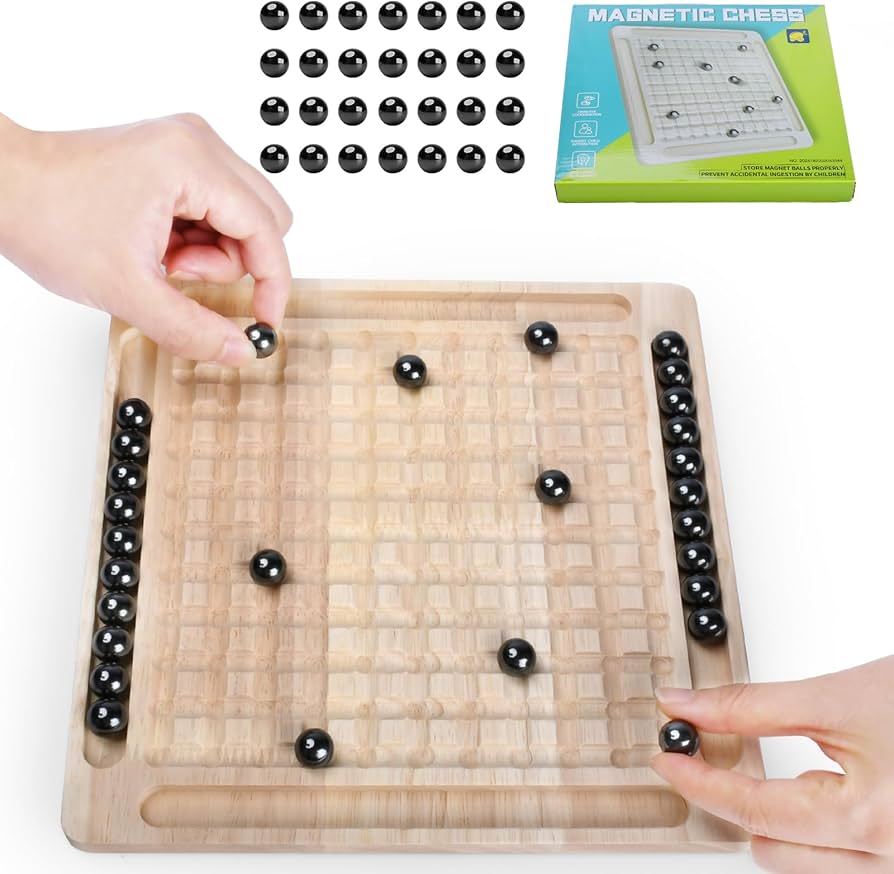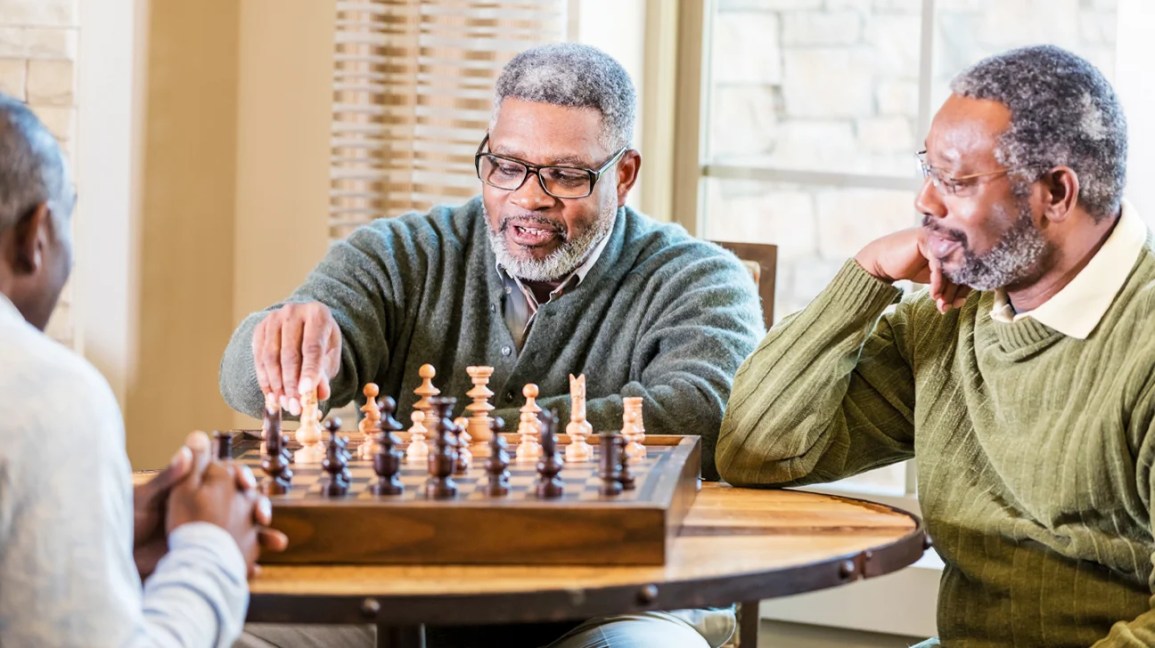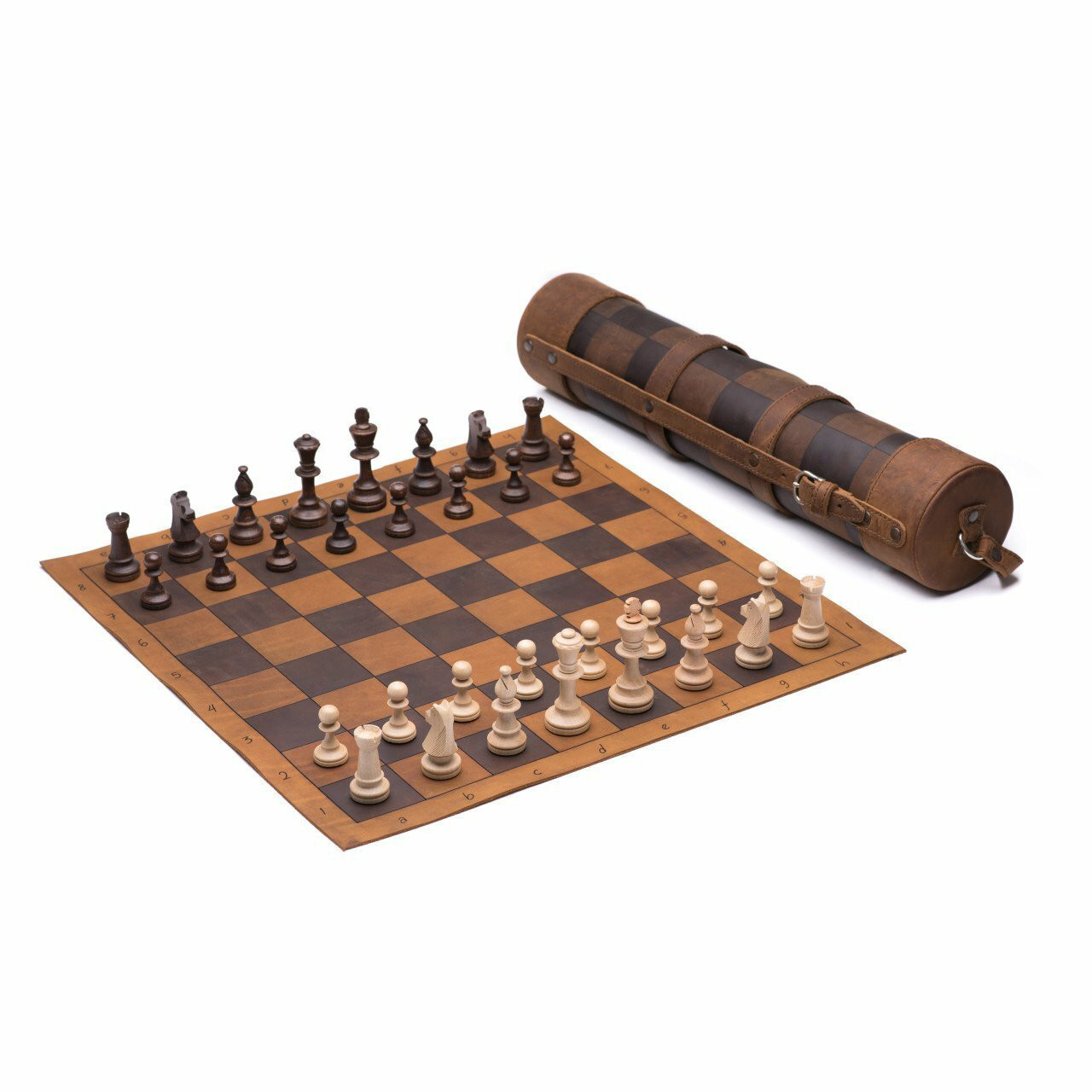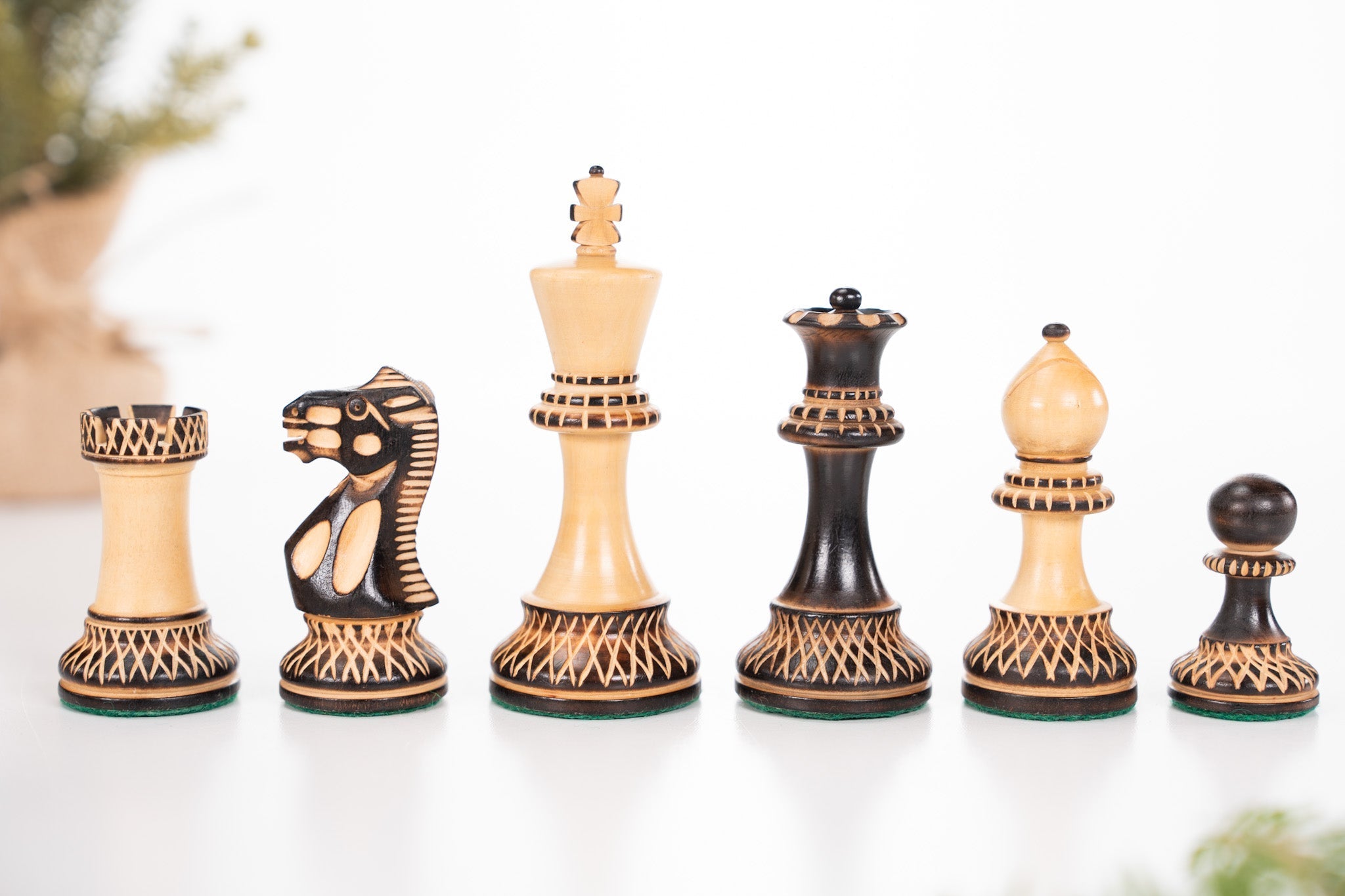Chess is a game of strategy. One key concept is the pin. A pin is when a piece cannot move without exposing a more valuable piece behind it. There are different types of pins in chess. Let’s learn about them.
What is a Pin in Chess?
A pin is a tactic in chess. It limits the movement of a piece. The piece is “pinned” because it cannot move without exposing another piece to capture. Pins can be very powerful. They can force your opponent to make bad moves.
Types of Pins
There are three main types of pins in chess:
- Absolute Pin
- Relative Pin
- Pinned Piece
Absolute Pin
An absolute pin is the most powerful pin. In an absolute pin, the pinned piece is pinned to the king. The pinned piece cannot move at all. If it moves, the king will be in check. Here is an example:
| Piece | Position |
|---|---|
| White Rook | d1 |
| Black Bishop | d5 |
| Black King | g8 |
In this position, the black bishop on d5 is pinned to the black king on g8 by the white rook on d1. The black bishop cannot move. If it moves, the black king will be in check. This is an absolute pin.
Relative Pin
A relative pin is less powerful than an absolute pin. In a relative pin, the pinned piece is pinned to a valuable piece but not the king. The pinned piece can move, but it is risky. Moving the pinned piece will expose the valuable piece behind it. Here is an example:
| Piece | Position |
|---|---|
| White Rook | d1 |
| Black Knight | d5 |
| Black Queen | g8 |
In this position, the black knight on d5 is pinned to the black queen on g8 by the white rook on d1. The black knight can move, but it is risky. Moving the black knight will expose the black queen. This is a relative pin.
Pinned Piece
A pinned piece is the piece that is pinned. The pinned piece is limited in movement. It cannot move without exposing a more valuable piece. The pinned piece is a key part of the pin. Here is an example:
| Piece | Position |
|---|---|
| White Bishop | d1 |
| Black Pawn | d5 |
| Black Rook | g8 |
In this position, the black pawn on d5 is the pinned piece. It is pinned to the black rook on g8 by the white bishop on d1. The black pawn cannot move without exposing the black rook. The black pawn is the pinned piece.
How to Use Pins in Chess
Pins can be very useful in chess. They can force your opponent to make bad moves. They can also help you capture valuable pieces. Here are some tips on how to use pins in chess:
- Look for opportunities to pin your opponent’s pieces.
- Use your pieces to create pins.
- Use pins to control the board.
- Use pins to capture valuable pieces.
- Use pins to force your opponent to make bad moves.
How to Avoid Pins in Chess
Pins can be very dangerous. They can limit your movement and expose your valuable pieces. Here are some tips on how to avoid pins in chess:
- Keep your pieces safe.
- Be aware of your opponent’s pieces.
- Don’t put your pieces in vulnerable positions.
- Use your pieces to protect each other.
- Be aware of potential pins.
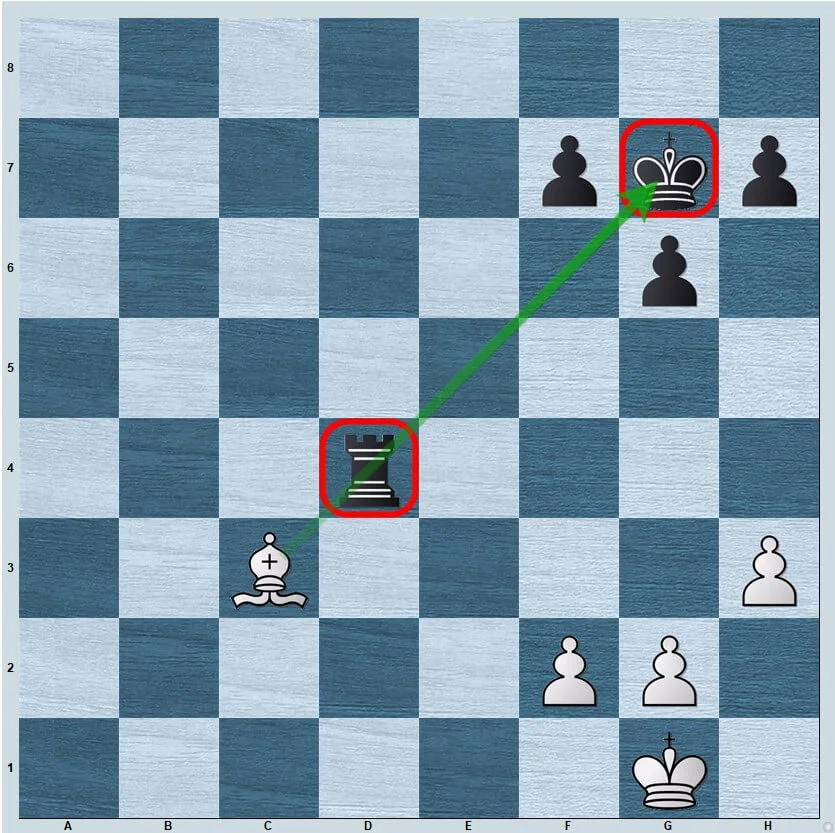
Credit: chessmood.com
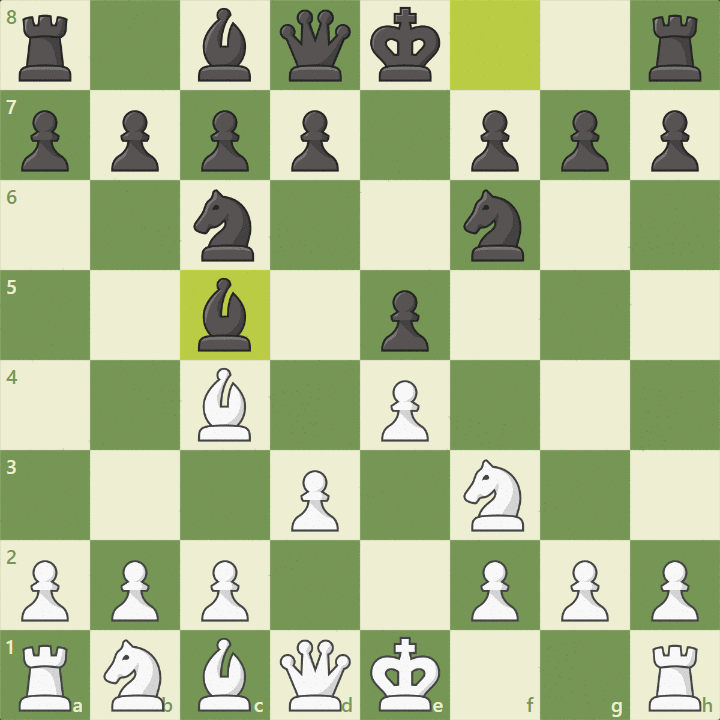
Credit: www.chess.com
Conclusion
Pins are a key concept in chess. They can be very powerful. They can limit your opponent’s movement and expose their valuable pieces. There are three main types of pins in chess: absolute pin, relative pin, and pinned piece. By understanding how to use and avoid pins, you can improve your chess game. Happy playing!

